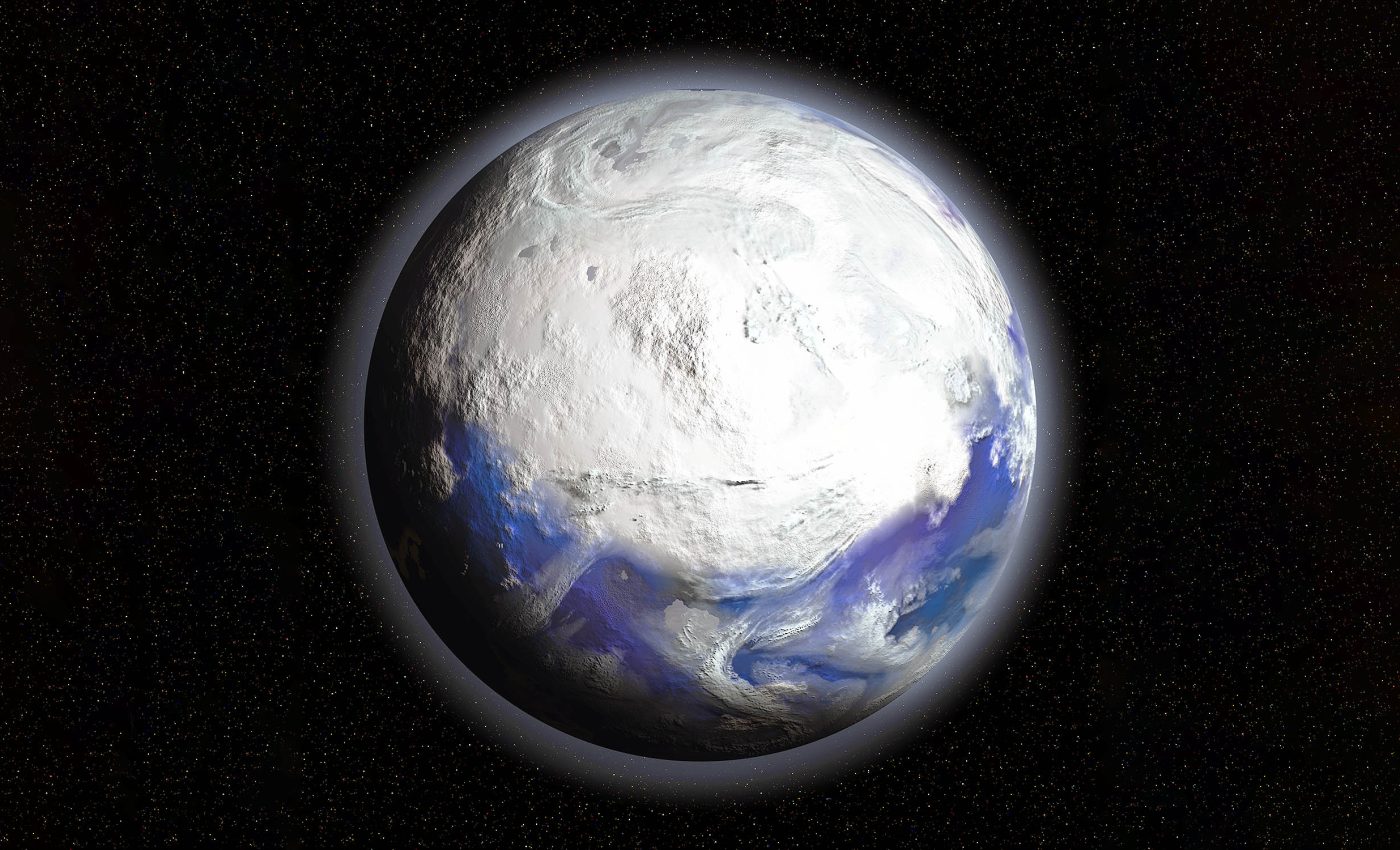
Past 'Snowball Earth' conditions drove evolution of complex multicellular life
Life on Earth was once ruled by the small, single-celled organisms swimming in the vast oceans. For an epoch, these tiny powerhouses were the kings and queens of the world, dominating for well over a billion years. Then came the period known as “Snowball Earth” that changed everything.
The reign of these single-celled organisms was seemingly endless, until Snowball Earth turned all known models of life upside down, roughly 700 million years ago.
This icy era was no ordinary winter. The entire globe was ensnared in such extreme glaciation conditions that even the equator may have been blanketed in ice.
However, it was during this frigid epoch that a marvel of evolution occurred — the birth of multicellular organisms.
Multicellular life and the oxygen paradox
One of the biggest enigmas in biology is the sudden emergence and dominance of multicellular life. Imagine a world where single-celled eukaryotes (organisms with intricate cells containing a nucleus) were the unrivaled rulers.
Then, in the wink of a geological eye, multicellular life blossomed amid the frosty reign of Snowball Earth. The prevailing theory suggests that oxygen levels had to reach a critical point before single cells could band together, forming multicellular colonies.
However, this theory falls short of explaining why the ancestors of today’s animals, plants, and fungi all popped up simultaneously during this icy epoch.
The answer to this billion-year-old riddle has led researchers to delve deeper into the unique conditions of Snowball Earth.
One such scientist is William Crockett, a former Undergraduate Complexity Researcher at Santa Fe Institute, who put forward a compelling new model.
Snowball Earth and the viscosity factor
Crockett’s study sheds light on the Snowball Earth mystery. The research team suggests that the physical conditions during this icy period, such as the increased viscosity of the oceans and scarcity of resources, might have led to the rise of multicellular life.
During this glaciated period, oceans were choked with ice, inhibiting sunlight, and hindering photosynthesis. These conditions led to a significant reduction in nutrients, creating a struggle for survival.
According to the study, larger organisms, capable of filtering more water and seizing scarce resources, would have had a significant edge over their smaller, single-celled counterparts.
Crockett observes, “It seems almost counterintuitive that these really harsh conditions, this frozen planet, could actually select for larger, more complex organisms, rather than causing species to go extinct or reduce in size.”
Survival of the largest: Early animals thrive
By developing scaling theories, the researchers modeled how different organisms would have fared during these harsh conditions.
The findings indicated that early ancestors of animals, similar to modern-day swimming algae that consume prey instead of relying on photosynthesis, would have prospered in this freezing environment.
In stark contrast, single-celled organisms that depend on diffusion for movement and feeding, such as bacteria, may have shrunk in size.
These findings highlight the selective pressure of environmental conditions during Snowball Earth, favoring larger, more complex organisms, and paving the way for multicellular life’s emergence.
From glaciers to greatness
The melting of Snowball Earth’s icy grip marked a new era for the newly evolved multicellular organisms. Liberated from the icy world’s constraints, they diversified, leading to the wide variety of life we see today.
“The world is different after Snowball Earth because there’s a new form of life on the planet,” explains SFI Professor Christopher Kempes, the senior author of the study.
“Our research suggests that these pivotal moments in Earth’s history are not random occurrences, but rather predictable outcomes of planetary evolution.”
By understanding these patterns, scientists can gain insight into the fundamental processes that shape life’s journey from simple beginnings to complex ecosystems and even intelligent civilizations.
Snowball Earth scavenger hunt
The study provides a new framework for interpreting Earth’s past, offering hypotheses for ancestor organism features to hunt for in the fossil record.
The team also believes their work could aid in the search for extraterrestrial life, helping identify conditions that might foster complex organisms’ emergence on other planets.
The period of Snowball Earth was undoubtedly a time of extreme hardship, but it also served as a catalyst for life’s greatest innovation: the transition from single cells to complex, multicellular organisms.
In unearthing the secrets of this ancient era, we better appreciate the resilience and adaptability of life on Earth, gaining insight into the transformative forces that have sculpted our planet’s rich tapestry of biodiversity.
How Snowball Earth shaped multicellular life
In summary, this remarkable research opens a new window into understanding the complex journey from single-celled organisms to the diverse, multicellular life that fills our world today.
It is a story of survival, adaptation, and ultimately, evolution, shaped by the most inhospitable conditions our planet has ever experienced during a period of time known as Snowball Earth.
In the face of adversity, life finds a way to thrive and diversify, which indeed is the greatest wonder of evolution.
The study is published in the journal Proceedings of the Royal Society B Biological Sciences.
—–
Like what you read? Subscribe to our newsletter for engaging articles, exclusive content, and the latest updates.
Check us out on EarthSnap, a free app brought to you by Eric Ralls and Earth.com.
—–













